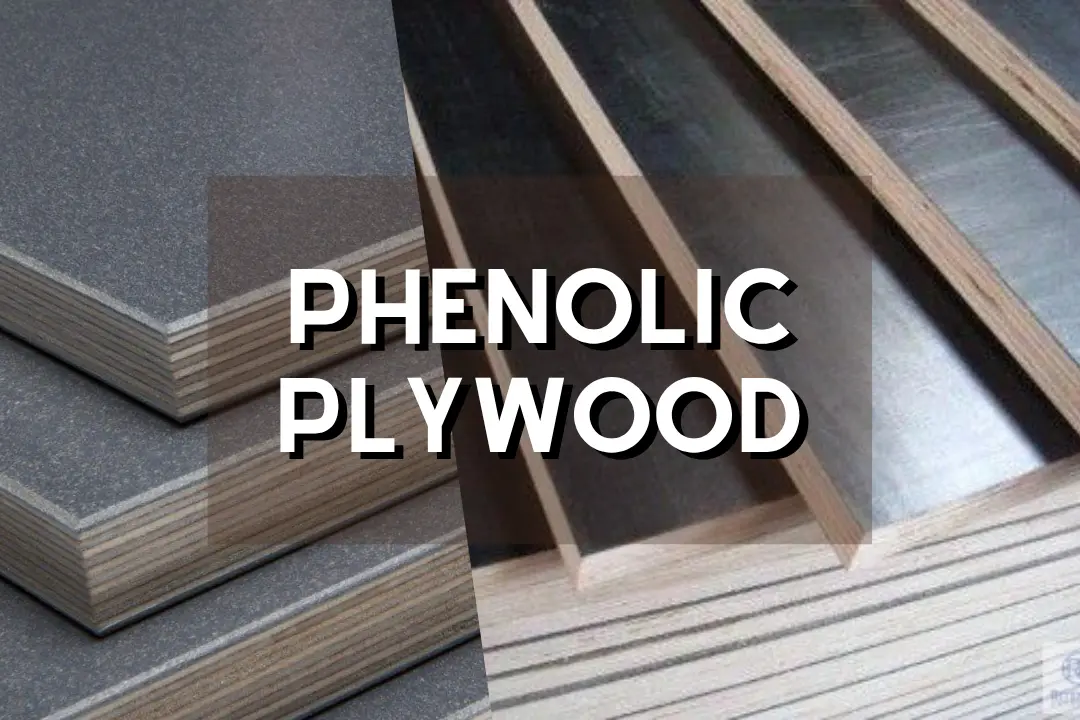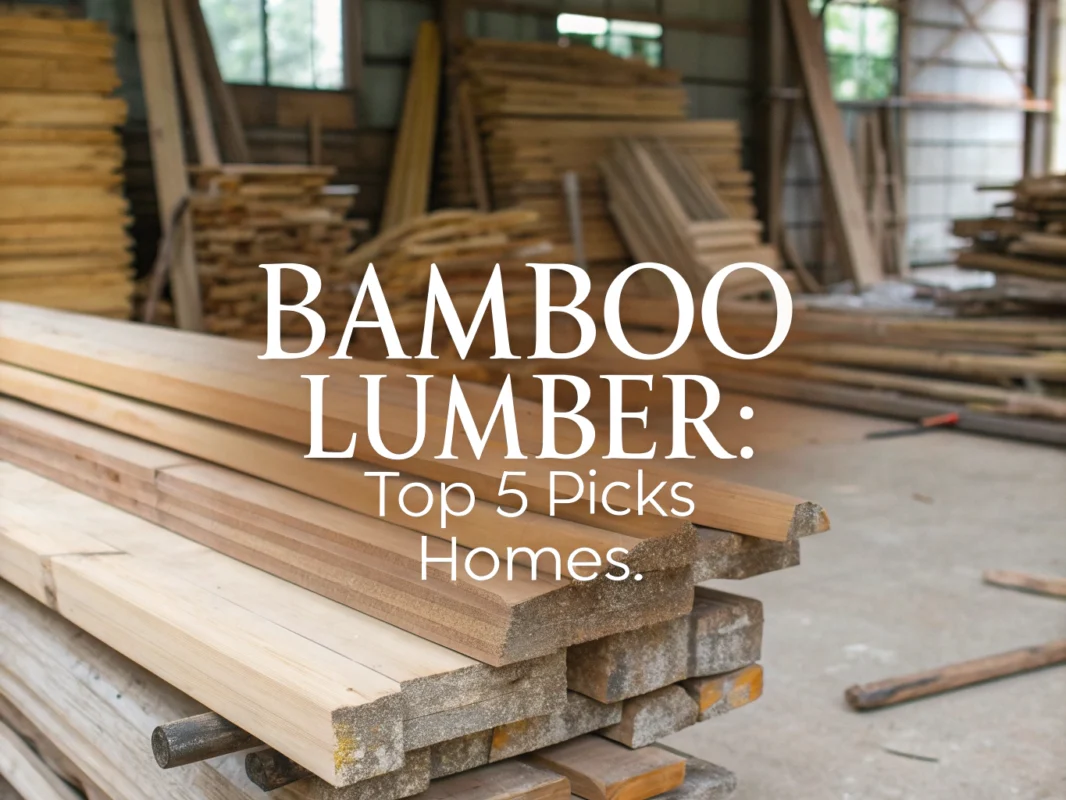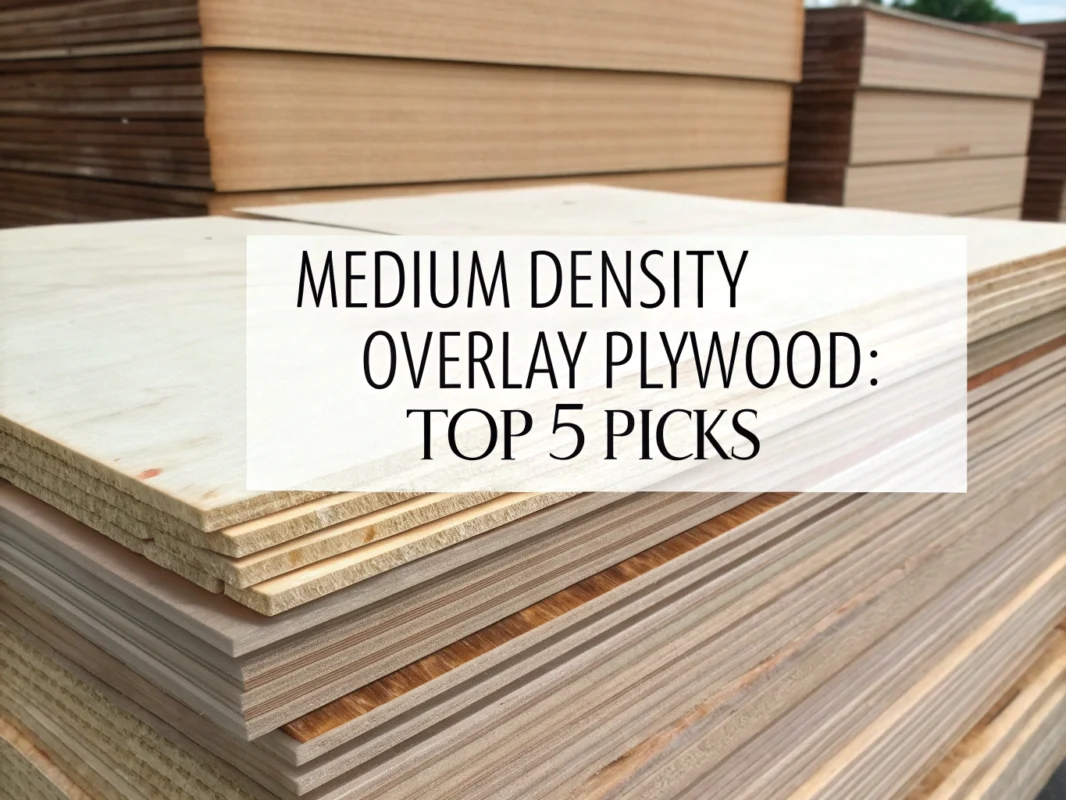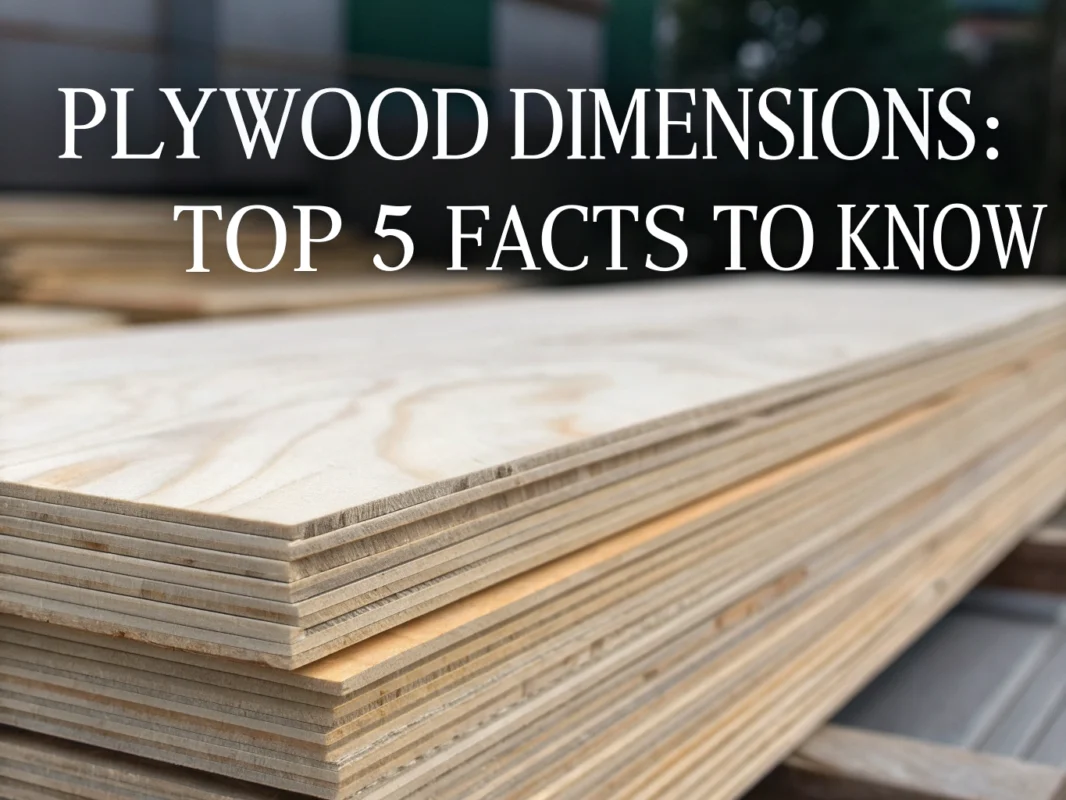
Discover the Essential Types of Construction Wood

Have you ever wondered which construction wood offers the best performance for your project? Choosing the right wood can make a big difference in durability, aesthetics, and cost. Let’s explore the main types of construction wood and how each one suits different building needs.
Table of Contents
Construction wood forms the backbone of modern building projects, with three main categories—softwood, hardwood, and engineered wood—each offering distinct properties for specific applications. Selecting the right wood type depends on factors like strength requirements, cost considerations, and environmental conditions where the material will be used.
Softwood Lumber for Construction
Softwood lumber dominates the construction industry due to its affordability and versatility. These species grow faster than hardwoods, making them more economical for large-scale building projects. Let me break down the most popular softwood options you’ll encounter.
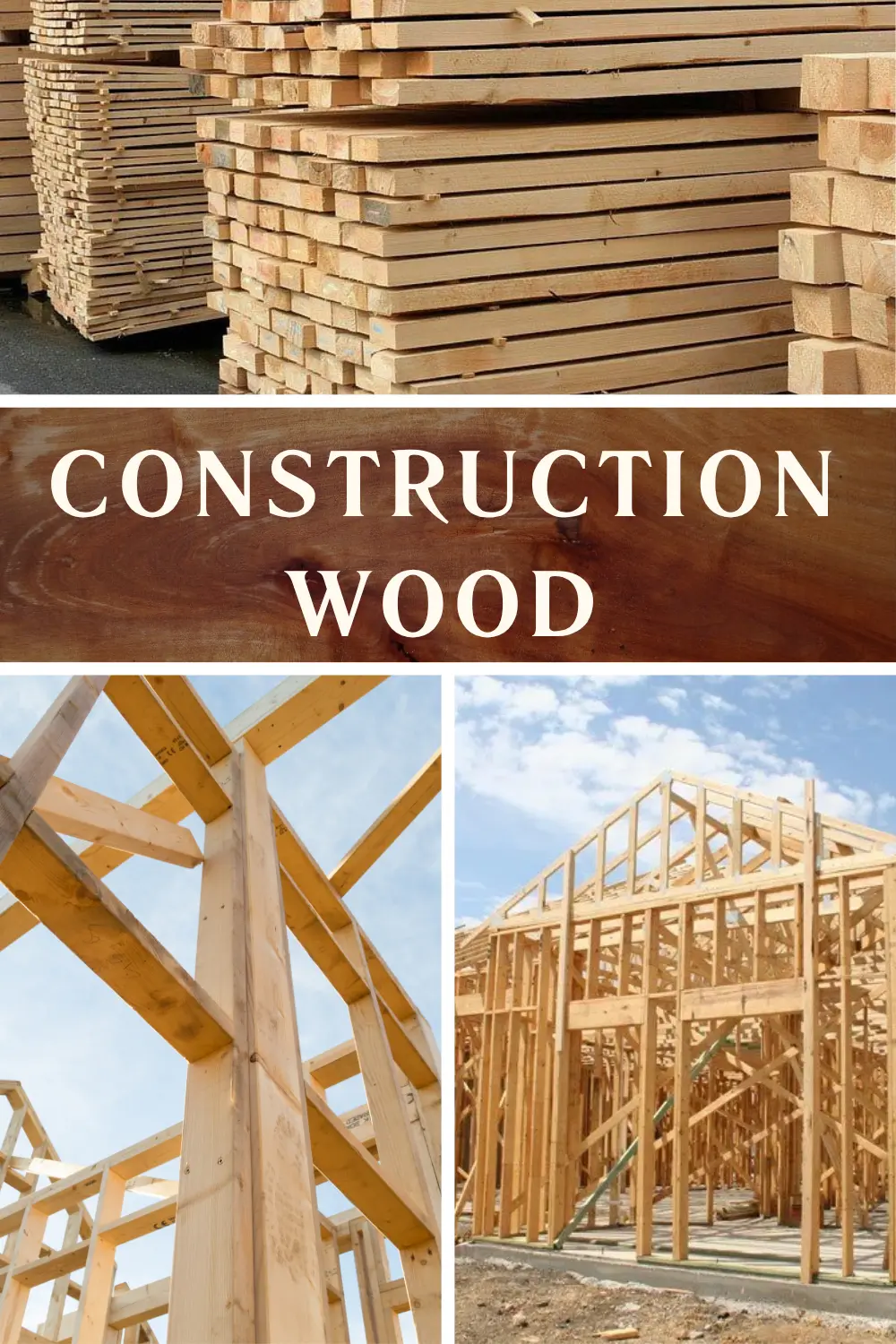
Pine
Pine stands as the most widely used softwood in construction across North America. Materials Market notes its popularity stems from affordability, light color, straight grain, and excellent workability. You’ll find pine in framing, flooring, paneling, doors, windows, and moldings.
Multiple pine species serve construction needs, including eastern white pine, lodgepole pine, and southern yellow pine. Southern yellow pine particularly excels in structural applications due to its superior strength characteristics compared to other pine varieties.
Spruce
Spruce lumber offers exceptional strength, stiffness, and durability properties that make it ideal for structural applications. Construction professionals frequently choose spruce for framing, sheathing, and structural lumber where load-bearing capacity matters most.
Fir
Fir’s natural decay resistance and strength properties position it perfectly for exterior applications. You’ll commonly see fir used in beams, plywood manufacturing, and exterior framing where weather exposure requires extra durability.
Cedar
Cedar’s natural resistance to insect infestation and decay makes it the go-to choice for exterior projects. This species excels in decks, fences, siding, and shingles where long-term exposure to moisture and pests demands superior protection.
Hardwood Lumber for Construction
Hardwood lumber brings superior durability and aesthetic appeal to construction projects. While more expensive than softwoods, hardwoods offer unmatched longevity and visual quality for high-end applications.
Oak
Oak remains the gold standard for strength, hardness, and durability in construction applications. MT Copeland highlights that both white oak and red oak varieties offer attractive grain patterns perfect for flooring, furniture, cabinetry, paneling, and trim work.
Oak’s natural resistance to fungal attack and warping makes it particularly valuable for applications where dimensional stability matters. White oak especially excels in moisture-prone environments due to its superior water resistance.
Maple
Maple’s exceptional density, durability, and light color characteristics make it perfect for high-wear applications. You’ll find maple commonly used in furniture, cabinets, interior flooring, and work surfaces where smooth finishes and wear resistance are priorities.
Cherry
Cherry wood distinguishes itself with a rich, reddish-brown color and fine grain pattern that deepens with age. This premium hardwood finds its place in high-end furniture, cabinetry, and decorative millwork where appearance matters as much as performance.
Birch
Birch offers higher hardness than oak while remaining cost-effective compared to other premium hardwoods. This combination makes birch popular for cabinets, doors, seats, and turned wooden objects where durability meets budget considerations.
Engineered Wood Products
Engineered wood products represent modern innovation in construction materials, offering enhanced stability and uniform strength. These manufactured products often outperform solid wood in specific applications while using resources more efficiently.
Plywood Types
Plywood construction involves gluing thin wood veneers in perpendicular layers for strength and dimensional stability. Different grades serve specific construction needs based on appearance and structural requirements.
Indeed explains that AC Plywood features an “A” grade visible side with a “C” grade opposite side, making it ideal for furniture, flooring, paneling, roofing, and siding. CDX Plywood offers more rugged construction for sheathing and subflooring applications, with moisture-resistant glue providing extra durability. For premium applications, consider cabinet grade plywood that offers superior finish quality.
High-Density Fiberboard (HDF)
HDF manufacturing uses wood fibers and pulped wood compressed into uniform, dense panels. This process creates smooth, consistent surfaces perfect for cabinetry, flooring underlayment, interior doors, and appliance housings where precision matters.
Oriented Strand Board (OSB)
OSB production compresses wood flakes with adhesive to create economical yet strong panels. This engineered product has become standard for subflooring, wall sheathing, and roofing applications where cost-effectiveness meets structural requirements.
Laminated Veneer Lumber and Glulam
LVL bonds veneers for use in beams, headers, and structural applications where consistent strength matters. Glulam (glue-laminated timber) serves large beam, truss, and curved structural element needs. Both products offer enhanced stability and uniform dimensions compared to solid lumber. Learn more about laminated wood options for your projects.
Construction Wood Selection Criteria
Choosing the right construction wood requires evaluating multiple factors that affect both performance and project success. I recommend considering these key criteria before making your selection.
- Durability and Longevity: Hardwoods provide superior longevity for high-traffic areas and legacy projects
- Cost and Availability: Softwoods like pine and spruce offer affordability and wide availability
- Sustainability Impact: Engineered wood uses fast-growing species and reduces waste
- Strength Requirements: Match wood properties to load-bearing needs
- Resistance Properties: Consider insect, fungal, and moisture resistance for specific environments
Popular Construction Wood Products
Quality materials make the difference between successful and problematic projects. Here are some top-rated products that professionals rely on for consistent results.

Maple Lumber Boards, Set of 4
- Crafted from quality maple for durability
- Smooth surface for easy finishing
- Perfect for woodworking projects
- Ideal for crafting and DIY enthusiasts
- Precise dimensions for consistent results

Baltic Birch Plywood, Set of 2
- Ideal for a variety of crafting projects
- Stronger and more stable than standard woods
- Smooth, uniform surface for clean cuts
- Perfect for laser and CNC cutting
- B/BB grade ensuring high quality
Professional builders need reliable reference materials and high-quality adhesives for lasting results. This comprehensive guide covers modern building codes and techniques that every constructor should know.
Strong adhesives complement quality lumber for permanent, reliable bonds. This adhesive works excellently for both interior and exterior applications where mechanical fasteners need additional support.
Applications of Construction Wood by Type
Different construction phases require specific wood characteristics for optimal performance. Understanding these applications helps you choose the right material for each project component.
Structural Applications
Structural framing relies on softwoods like pine, spruce, and fir for walls, roofs, and floors. Larry’s Lumber confirms these species provide the strength-to-weight ratio needed for load-bearing components while maintaining cost-effectiveness. Consider S4S lumber for projects requiring precise dimensions.
Interior Applications
Interior flooring benefits from hardwoods like oak and maple that resist wear from foot traffic. Cabinet and furniture construction favors hardwoods such as maple, cherry, birch, and oak for their durability and aesthetic appeal. For specialized applications, thermally modified wood offers enhanced stability and performance.
Exterior Applications
Exterior components demand weather-resistant materials like cedar for decking, siding, and fencing. Cedar’s natural decay resistance protects against moisture damage and insect infestation that commonly affect outdoor structures.
Specialty Applications
Engineered products like plywood, LVL, and OSB excel where dimensional stability and uniform strength are required. These materials work perfectly for subfloors, roof panels, and beams where consistent performance matters more than natural appearance. Check out various cabinet plywood grades for different quality levels.
Modern Trends and Future of Construction Wood
The construction industry continues evolving with innovative wood products and sustainable practices. Ridout Lumber reports increasing adoption of engineered wood for its superior performance and reduced environmental impact.
Sustainability drives demand for certified forestry practices in both hardwood and softwood sourcing. Treated and composite wood products gain popularity in regions with high moisture or pest pressures, offering enhanced protection without sacrificing performance.
Innovation in wood processing and treatment continues advancing the industry. Modern techniques create products that outperform traditional lumber while using resources more efficiently, pointing toward a future where engineered solutions dominate construction applications.
FAQs
What Types Of Wood Are Best For Construction Projects?
There are various types of wood suitable for construction projects, depending on your specific needs. Commonly used woods include pine, cedar, and spruce, which are great for framing and general construction. Hardwood varieties like oak and maple provide strength and are ideal for flooring and furniture. Always consider factors such as local availability, cost, and the specific requirements of your project.
How Does The Cost Of Different Wood Types Compare For Building A House?
The cost of wood can vary significantly based on the type. Softwoods like pine and fir are generally more affordable, making them popular for structural elements. Hardwoods, due to their durability, tend to be more expensive and are often used for high-quality flooring and finishes. It’s important to consider both the initial cost and the long-term value the wood may add to your project.
What Are The Advantages And Disadvantages Of Using Wood In Construction?
Wood offers several advantages, including being lightweight, versatile, and environmentally friendly. It also provides good insulation. However, wood can be susceptible to moisture, pests, and fire if not properly treated. The advantages often make it a preferred material, but it’s important to apply proper treatments to address its vulnerabilities.
How Do I Choose The Right Lumber Grade For A Building Project?
Selecting the right lumber grade involves understanding the structural requirements of your project. Grading reflects the wood’s strength and appearance. For structural integrity, higher grades like No. 1 or select structural are preferable, while lower grades might be suitable for non-structural elements. It’s crucial to balance cost with the necessary durability and aesthetic requirements.
What Treatments Are Necessary To Prevent Wood From Rotting In Construction?
To prevent wood from rotting, applying treatments like preservatives, sealants, and regular maintenance is vital. Using pressure-treated wood helps protect against moisture and pests. Additionally, design considerations such as ensuring proper ventilation and avoiding direct ground contact can significantly reduce the risk of rot over time.








